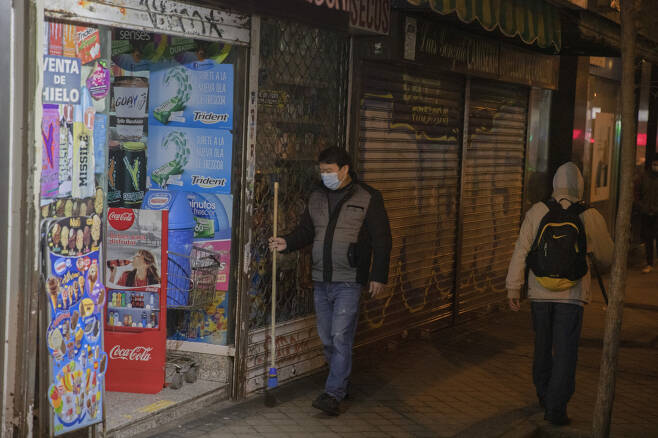Pandemic cost 255m jobs around world in 2020: ILO
전체 맥락을 이해하기 위해서는 본문 보기를 권장합니다.
According to the ILO, the global employment loss for women stood at 5 percent while the figure for men was estimated at 3.7 percent. The employment loss among youth (15-24 years old) recorded 8.7 percent. The report said it "highlights the all too real risk of a lost generation."
"The signs of recovery we see are encouraging, but they are fragile and highly uncertain," Ryder said. "And we must remember that no country or group can recover alone."
이 글자크기로 변경됩니다.
(예시) 가장 빠른 뉴스가 있고 다양한 정보, 쌍방향 소통이 숨쉬는 다음뉴스를 만나보세요. 다음뉴스는 국내외 주요이슈와 실시간 속보, 문화생활 및 다양한 분야의 뉴스를 입체적으로 전달하고 있습니다.

Job losses and reduced working hours due to the COVID-19 pandemic cost the world the equivalent of 255 million jobs last year alone, the International Labor Organization said Monday.
The losses led to an 8.3 percent decline in global income, which equals about $3.7 trillion or 4.4 percent of the gross world product, according to the ILO report.
“This has been the most severe crisis for the world of work since the Great Depression of the 1930s. Its impact is far greater than that of the global financial crisis of 2009,” ILO Director General Guy Ryder said during a virtual news conference.
Women and young workers are most likely to have been affected by the pandemic-driven job fallout as they either lost their jobs, or they dropped out of the labor force or delayed entering it, the ILO data showed.
According to the ILO, the global employment loss for women stood at 5 percent while the figure for men was estimated at 3.7 percent. The employment loss among youth (15-24 years old) recorded 8.7 percent. The report said it “highlights the all too real risk of a lost generation.”
Despite a high degree of uncertainty looming for this year, the ILO’s latest projections showed that most countries will experience a relatively strong recovery in the second half of 2021, with vaccines being rolled out around the globe.
“The signs of recovery we see are encouraging, but they are fragile and highly uncertain,” Ryder said. “And we must remember that no country or group can recover alone.”
The report highlighted concerns of a “K-shaped recovery,” in which the sectors and workers hit hardest could be left behind in the process of recovery, leading to greater inequality.
Macroeconomic policies should remain accommodative in 2021 and beyond to provide fiscal stimulus, support income and promote investment, the ILO said.
Calling for international support to help low- and middle-income countries with fewer resources to produce vaccines and promote economic recovery, the ILO also recommended targeted measures that focus on hard-hit sectors -- such as accommodation and food services -- and hard-hit groups including women, young people and low-paid workers.
“We are at a fork in the road. One path leads to an uneven, unsustainable, recovery with growing inequality and instability, and the prospect of more crisis,” the ILO chief said.
“The other focuses on a human-centered recovery for building back better, prioritizing employment, income and social protection, workers’ rights and social dialogue. If we want a lasting, sustainable and inclusive recovery, this is the path policymakers must commit to.”
By Kan Hyeong-woo (hwkan@heraldcorp.com)
<ⓒKoreaHerald(www.koreaherald.com)무단전재 및 재배포 금지>
Copyright © 코리아헤럴드. 무단전재 및 재배포 금지.